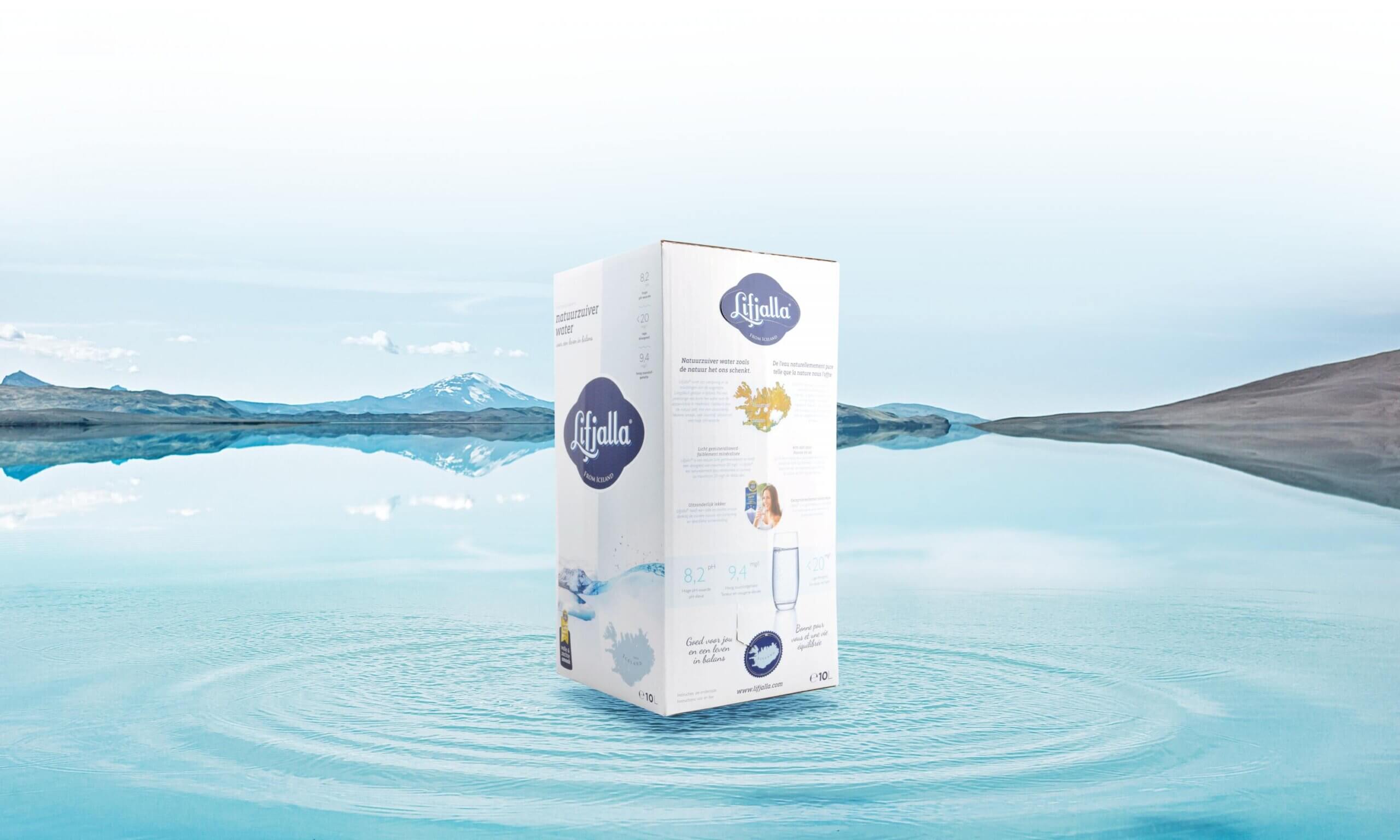

Some important drinking water terms
Drinking water is a general term that refers to any type of water, in treated or untreated form, that is intended for human consumption, food preparation or personal hygiene. The term drinking water does not distinguish between the origin or the composition of the water. However, the government has set minimum quality requirements and has defined microbiological parameters to help determine when water is suitable as drinking water.
Dry residue (also called “total solids” or “résidu sec”) is a term used to indicate the mineral content of the water. The dry residue content refers to the amount of solid matter that remains after you evaporate 1 litre of water at 180°C. Dry residue content is expressed in milligrams per litre.
The higher the dry residue content, the more minerals the water contains and the stronger the water will taste. Consider, for example, water with a high concertation of calcium carbonate. Water with a low dry residue content or water that is low in minerals tends to have a pure and neutral taste.
A low dry residue content is also very interesting if you must avoid certain substances and/or if you take certain medications. After all, some minerals can influence the effectiveness of your medication.
With an average dry residue content of only 20 mg/litre, Lifjalla water falls within the norms for “very lightly mineralised water”, which may contain a maximum of 50 mg of dry residue per litre and which you may drink in unlimited quantities. This is in contrast to waters with high mineral contents. When drinking those waters, it is best to be careful not to take in too many minerals.
Alkaline water has a pH value higher than the neutral pH of tap water (pH tap water = 7). The higher the pH value, the lower the acidity. In other words, alkaline water is less acidic than tap water.
To stay healthy, we need to maintain the pH level in our blood. Unhealthy foods and soft drinks acidify our body, while alkaline water counteracts this acidification. Drinking water with a high pH value reduces the risk of health problems, such as a weakened immune system, stomach complaints and digestive problems, among others.
With an average pH value of 8.2, Lifjalla water is sufficiently alkaline to counteract the acidification of your body.
According to the European standard (Regulation (EC) No 1924/2006 of the European Parliament and of the Council of 20 December 2006 on nutrition and health claims made on foods), spring water may only be called low-salt if it contains less than 20 mg of sodium per litre, regardless of its chemical form. Only foods that meet these strict standards may carry labels that state that they are suitable for low-sodium or low-salt diets.
Be careful when comparing the labels of different brands of drinking water, because salt and sodium are synonymous!
With an average of 9.3 grams of sodium, Lifjalla water remains well below the maximum permissible sodium content of 20 mg per litre for the classification “low-salt water”. Lifjalla is therefore a smart drinking water choice if you follow a low-salt diet.
Certain drinking water terms are protected and regulated. Consider the term “natural mineral water”, for example. The only water that can be called “natural mineral water” is water that always comes from the same natural and recognised spring and is bottled directly at the source. The composition and quality of the water must also remain constant and lie within certain values. In addition, legal recognition and permission must be applied for from the government.
Spring water is water that comes from a spring and that is suitable for consumption as drinking water in its natural state.
Royal Decree DD. 08.02.1999 ON NATURAL MINERAL WATERS AND SPRING WATERS
At Lifjalla we consciously choose not to bottle the water at the source. In order to reduce CO2 emissions, it is much more advantageous to transport the water from Iceland to Belgium in bulk loads rather than pre-packaged. That is why we do not call Lifjalla natural mineral water, but natural spring water.
Lifjalla® Headquarters
Veurnseweg 528
8906 Elverdinge (België)
T +32 498 10 17 42
info@lifjalla.be


